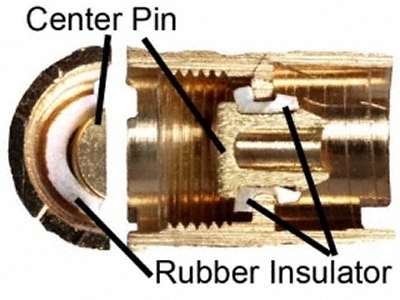Home Creme de Vape Blog
Creme de Vape Blog
All About Resistance
Back when the only devices available were mechanical, with no voltage or wattage control, we were pioneers in commissioning custom resistance atomisers and making them generally available to vapers so our customers could tailor their vaping experience to provide the best flavour, heat, vapour and throat-hit for their own personal vaping style. This post used to explain the different types of atomisers we had available, but has now been updated to take account of current technology.
This article has been re-written due to advances in technologies and the introduction of more advanced electronic devices which can control the voltage or wattage of your device.
Briefly:
With a mechanical device, the lower the resistance, the hotter the vape, and the quicker the juice (and the battery) is used. If a variable wattage device is used, it’s all handled internally, and the voltage is adjusted, based on the wattage you choose and the resistance of the atomiser. Essentially, as long as the resistance of the coils you’re using is within the range recommended for your device, it doesn’t really matter which resistance you select.
Anything from 1.5-3.0Ω is suitable for most variable wattage devices, with many devices now accepting coils as low as 1.2Ω or even lower.
Sub-ohm atomisers
The use of very low resistance atomisers is often referred to as "sub-ohming", because the atomisers and coils used are lower than 1.0Ω.
Sub-ohming is growing in popularity as more vaping enthusiasts strive to take their hobby to the next level, but there are concerns related to battery safety as well as the fact that sub-ohmers tend to vape much more liquid than other vapers, and this increases their exposure to the as-yet unknown risks related to inhalation of larger quantities of food flavourings.
Battery technology has moved on with many higher drain rate batteries now available, however, if you wish to use sub-ohm devices, you do so entirely at your own risk and must make sure the battery device you are using is fully capable of safely supporting the required drain rate. We strongly recommend you thoroughly research the topic before embarking on any experiments with sub-ohming.
We will not accept any responsibility for any damage caused by sub-ohming activity.
Connectivity issues
If you've used different model e-cigs and mods for even a short period of time, you're bound to have come across connectivity issues. By their very design, e-cig parts usually have moveable connectors so that parts of different heights can properly meet each other. Unfortunately, this sometimes leads to the exact opposite situation, particularly when you've been using one type of part, and then switch to another, you might find that the first part has depressed the centre pole connection in your battery so that it won't now meet the centre pole of the new part.
Here's a page that explains this phenomenon a little better, and offers a couple of tips too:






















